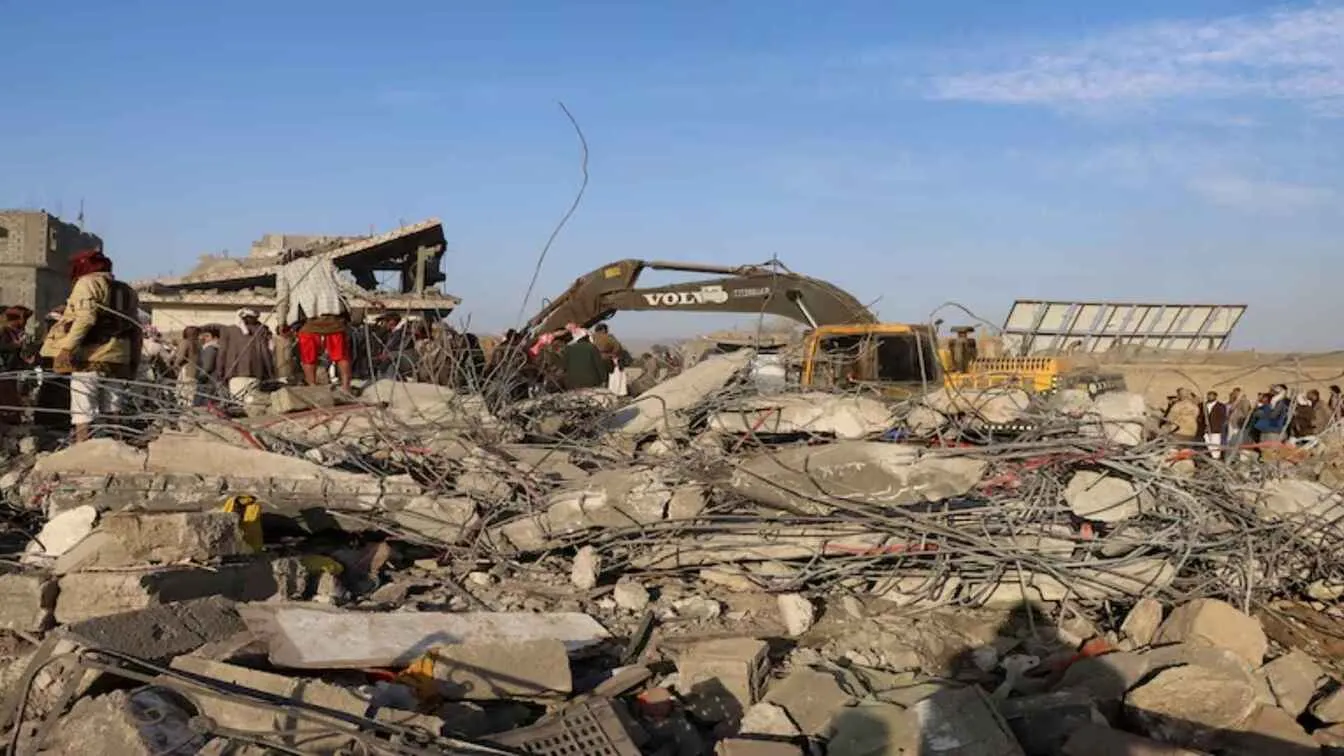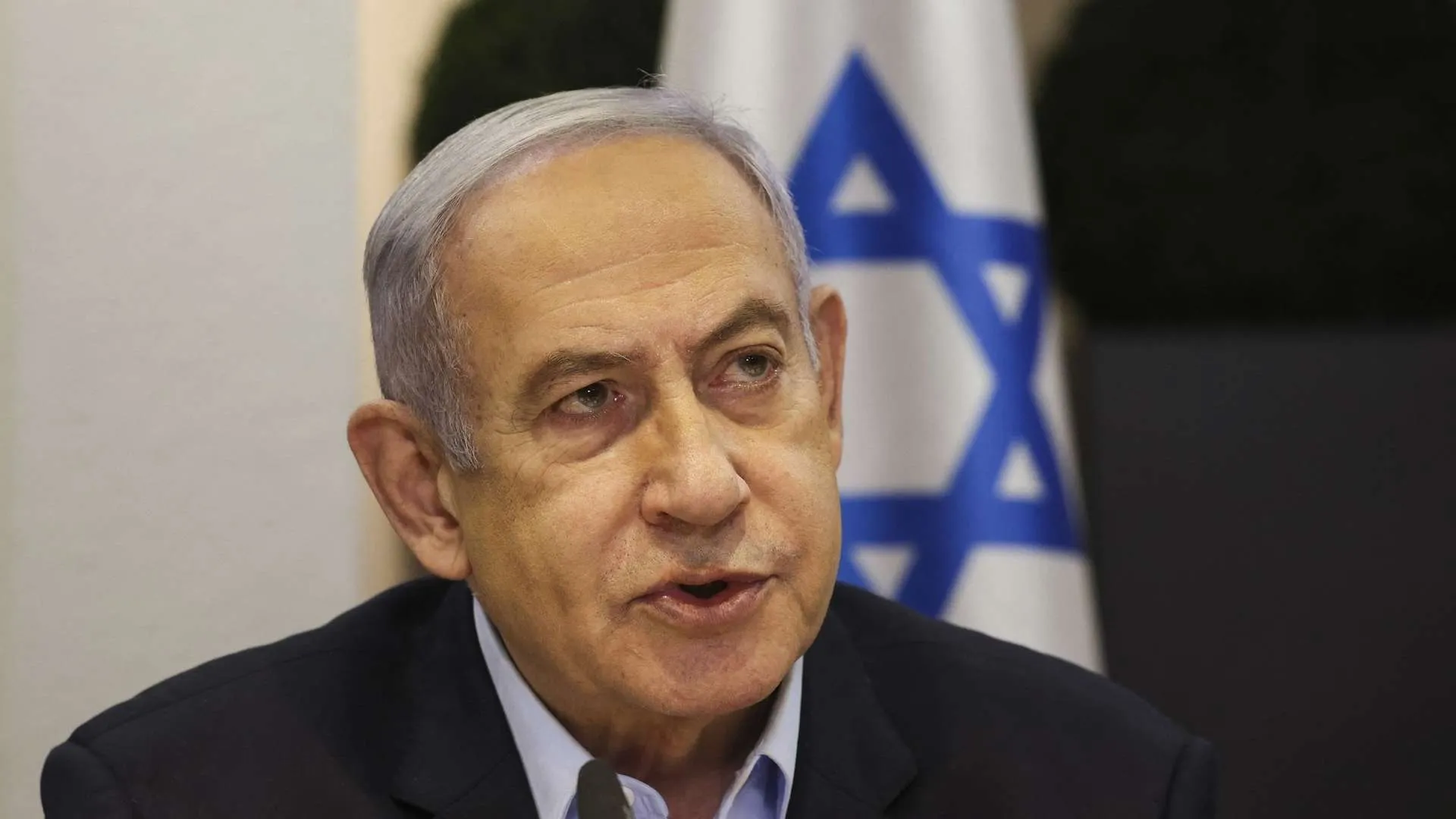In a major address at the 21st Subroto Mukherjee Seminar on “Atmanirbharta in Aerospace: Way Ahead,” Air Chief Marshal AP Singh highlighted the persistent delays in the induction of the Tejas Light Combat Aircraft (LCA) into the Indian Air Force (IAF). He underscored the urgent need for accelerated production capabilities and increased private sector involvement in defence manufacturing.
Delays Hampering Modernisation
Air Chief Marshal Singh drew attention to the timeline challenges that have plagued the Tejas programme since its inception in 1984. “The aircraft flew 17 years later in 2001, and induction started another 16 years later in 2016. Today, in 2024, we still do not have the first 40 aircraft,” he remarked, calling for a competitive production environment to foster accountability and timeliness. The delays, he asserted, threaten the IAF’s operational readiness as it grapples with a declining squadron strength.
#WATCH | Delhi | During his address at the 21st Subroto Mukerjee Seminar, Chief of the Air Staff, Air Chief Marshal AP Singh says, “…R&D loses its relevance if it is not able to meet the timeline. Time is a very important thing. We need to give greater leeway to the… pic.twitter.com/rgmAKNhVeG
Advertisement · Scroll to continue— ANI (@ANI) January 7, 2025
Tejas Programme: A Long Road
The LCA programme, envisioned to replace ageing MiG-21 and Su-7 fleets, reached a significant milestone in 2001 when the Technology Demonstrator-1 (TD-1) took its maiden flight. Since 2016, Tejas Mk1 variants have been operational in two IAF squadrons, ‘The Flying Daggers’ and ‘The Flying Bullets.’ However, production delays by Hindustan Aeronautics Limited (HAL) and setbacks in sourcing General Electric’s F404 engines have hindered further deployment. The first 83 Mk1A variants, ordered at a cost of ₹36,468 crore, are now expected to be delivered in 2025, two years behind schedule.
China’s Rapid Progress
Amid these delays, China’s strides in aviation technology, including the recent trial of a 6th-generation stealth fighter jet, have raised concerns. “Our adversaries in the north and west are not only increasing their numbers but also advancing technologically. China’s latest stealth fighter test highlights this rapid progress,” said Air Chief Marshal Singh. With its J-20 and J-35 stealth fighters already operational, China’s advancements pose a challenge to India’s air superiority.
R&D and Private Sector Involvement
The Air Force Chief emphasized the importance of Research and Development (R&D) and called for increased allocation of funds. “R&D loses its relevance if timelines are not met. We must overcome our fear of failure and learn quickly to remain competitive,” he stressed. Currently, only 5% of the defence budget is allocated to R&D, a figure he advocated increasing to 15%. He also called for more robust public-private partnerships and simplified acquisition procedures to expedite development.
2025: A Year of Defence Reforms
The Ministry of Defence has declared 2025 as the “Year of Reforms,” aiming to enhance jointness, simplify acquisition procedures, and position India as a credible exporter of defence products. Among other initiatives, the reforms seek to strengthen public-private partnerships and foster collaborations with foreign Original Equipment Manufacturers (OEMs).
Falling Squadron Strength: A Critical Issue
The IAF currently operates with only 31 active squadrons, far below the sanctioned strength of 42. With ageing fleets of MiG-21s, Jaguars, and Mirage-2000s, the demand for 180 new fighter jets is urgent. The Parliamentary Standing Committee on Defence has flagged these shortages, recommending timely induction of Multi-Role Fighter Aircraft (MRFA) and indigenous LCAs to address capability gaps.
ALSO READ: Tirupati Stampede: TTD Assures Improved Arrangements For Vaikunta Ekadasi Darshan























